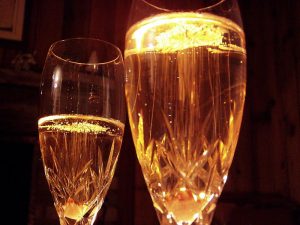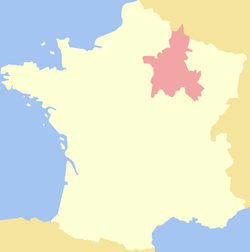Champagne is a summertime wedding necessity, or rather a necessity at any wedding! But, is your toast made with the “real” deal, or with a different wine called by the same name?
<div id="attachment_2256" class="wp-caption aligncenter" style="width: 190px">

<p class="wp-caption-text">Photo by Mike Gifford</p></div>
In the U. S., the label “Champagne” is used generically to denote almost any sparkling wine (some good, some bad), but in almost all other countries it is used specifically to identify a sparkling wine made in France’s Champagne region. Champagne used to set the worldwide standard for sparkling wine, and the wine consists of three grape varietals: the white Chardonnay grape, and red Pinot Meunier and Pinot Noir grapes. Today, there are quality sparkling wines produced in California and Australia that are giving true “Champagne” a run for its money. Still, in countries other than America, these wines are not called Champagne. The “Champagne method,” however, is used by quality, sparkling wine producers worldwide. The method includes a secondary fermentation process that happens right inside the bottle! Because quality sparkling wine (which my or may not be, technically, “Champagne”) is created this way, a wine’s label often reads “Traditional Method” instead of “Champagne Method.” (And has your Champagne ever looked a little more on the red side? If so, you probably drank Champagne rosé, which is just a type of rosé Champagne made by creating a blend of red and white wine.) While in America, "Champagne" is used generically to denote a good, sparkling wine, true Champagne only comes from the Champagne region of France. This does not mean, however, that other sparkling wines from California and Australia are inferior in taste and bouquet. It just means that, technically, such wines should be called “sparkling wines.” Cheers!
Want to learn more about sparkling wines, how to store sparkling wine, or the "traditional method" that produces them? All that and more can be found in the Wine Storage Education Center!
<div id="attachment_2257" class="wp-caption aligncenter" style="width: 220px">

<p class="wp-caption-text">Champagne, France</p></div>

 <p class="wp-caption-text">Photo by Mike Gifford</p></div>
<p class="wp-caption-text">Photo by Mike Gifford</p></div>
 <p class="wp-caption-text">Champagne, France</p></div>
<p class="wp-caption-text">Champagne, France</p></div>